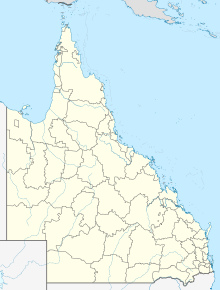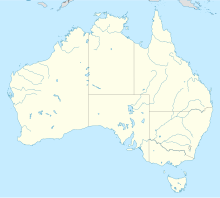Horn Island Airport | |||||||||||||||
|---|---|---|---|---|---|---|---|---|---|---|---|---|---|---|---|
| Summary | |||||||||||||||
| Airport type | Public | ||||||||||||||
| Operator | Torres Shire Council | ||||||||||||||
| Location | Horn Island, Queensland | ||||||||||||||
| Hub for | Torres Strait Air | ||||||||||||||
| Elevation AMSL | 43 ft / 13 m | ||||||||||||||
| Coordinates | 10°35′08″S142°17′34″E / 10.58556°S 142.29278°E | ||||||||||||||
| Maps | |||||||||||||||
 | |||||||||||||||
 | |||||||||||||||
| Runways | |||||||||||||||
| |||||||||||||||
Horn Island Airport( IATA : HID, ICAO : YHID) is a minor international airport on Horn Island in the Torres Strait, Queensland, Australia. Domestic fixed wing charter flights and scheduled flights are carried out by SkyTrans, Hinterland Aviation, Cape Air Transport, Horizon Airways, and Torres Strait Air. The only International services are carried out by Torres Strait Air, with charter flights to Papua New Guinea.



